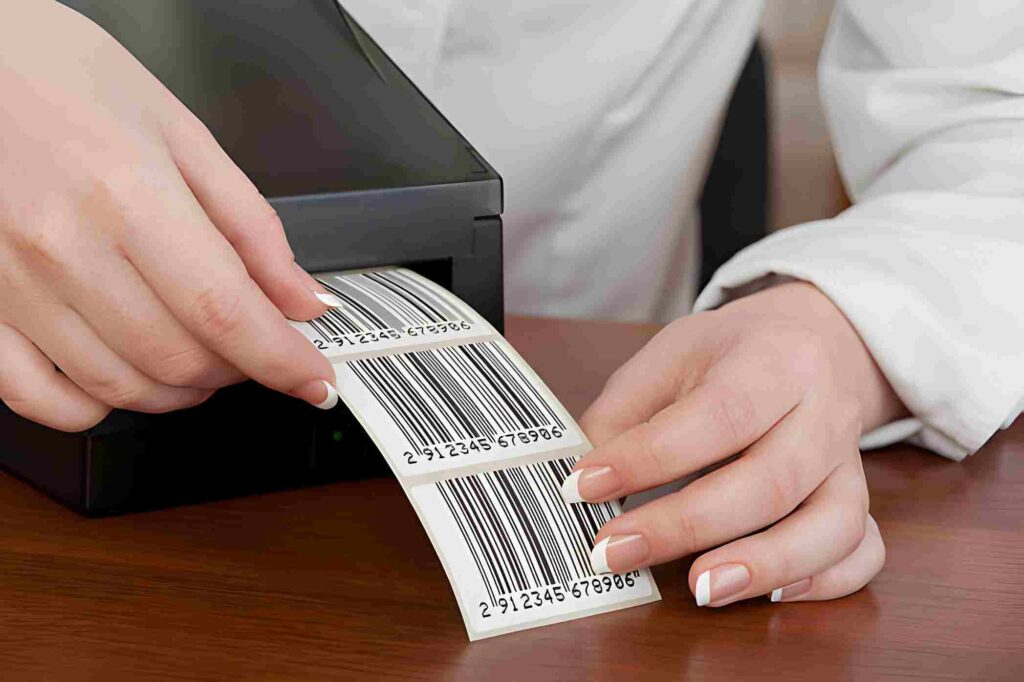Effective labelling is the linchpin of successful communication across diverse industries. Whether you’re labelling products, data, or information, the clarity and precision of your labels can make the difference between understanding and confusion. Here are a few practical strategies for simplifying the creation process and mastering the art of labelling.
The Foundation Of Successful Labelling
A clear and concise foundation lies at the core of any effective labelling strategy. This foundation is the backbone for communication, ensuring your audience can readily comprehend the information presented. Avoid unnecessary complexity; instead, focus on delivering the essential details that your audience needs.
Simplifying Terminology
Navigating the challenge of complex terminology is vital for effective communication. Strive to simplify language without sacrificing the depth of your content. Clearly define terms that might be unfamiliar to your audience, ensuring that your labels are accessible to a wide range of readers. This commitment to clarity in language enhances understanding and minimises the risk of misinterpretation, fostering a broader audience reach. Making your labels easily digestible establishes a foundation for inclusive communication that resonates with diverse readerships.
Consistency Across Platforms
Ensuring consistency in labelling across various platforms is crucial for fostering a cohesive and reliable brand identity. A unified approach enhances recognition and trust, whether you’re labelling products, data sets, or content. Consistency strengthens your brand and facilitates a seamless experience for your audience, reducing the potential for confusion. This unified front creates a sense of reliability and professionalism, which is crucial in establishing lasting connections with your target audience.
Utilising Technology For Efficiency
Leveraging technology can significantly streamline the labelling process. Automation, artificial intelligence, and other tools offer efficiency gains and enhance accuracy. For instance, using NiceLabel is an excellent example of how technology can streamline creation. This software offers a user-friendly interface, automation features, and a robust system for managing label design and printing. Embrace these technological advancements to boost productivity and ensure your labelling efforts are effective and resource-efficient.
Collaboration And Feedback
Effective labelling is a collaborative effort that goes beyond individual contributions. Encourage open collaboration among team members to gather diverse perspectives and insights. Actively seek feedback on your labels, fostering an environment where constructive criticism is valued. Be open to iteration, recognising that continuous improvement is key to refining your strategy. This iterative approach ensures your labels remain aligned with the evolving needs of your audience, reflecting a commitment to delivering information in a way that resonates effectively. Embracing collaboration and feedback establishes a dynamic process that drives excellence in labelling.
Staying Updated With Industry Trends
Industries evolve, and so should your labelling strategy. Stay informed about the latest trends in labelling within your sector. Regularly update your knowledge and adapt your approach to remain relevant. This commitment to staying abreast of industry trends positions you as a forward-thinking practitioner in your field.
Implement these strategies, and you’ll be on your way to becoming a master of labelling in your field.

